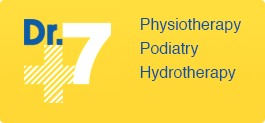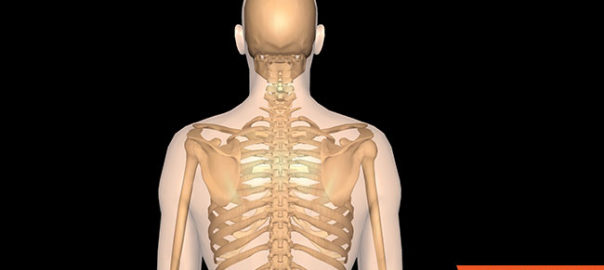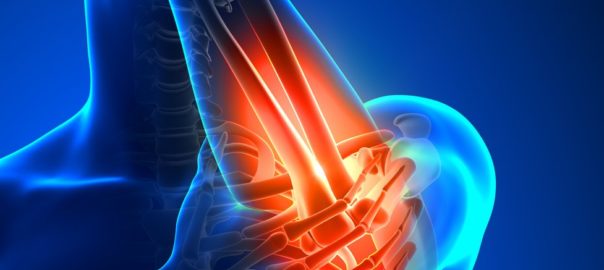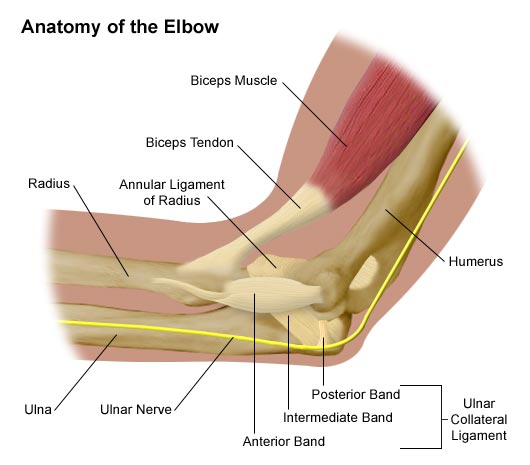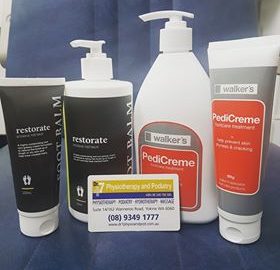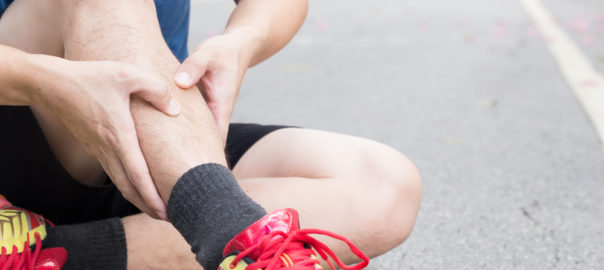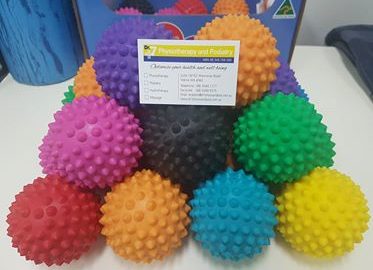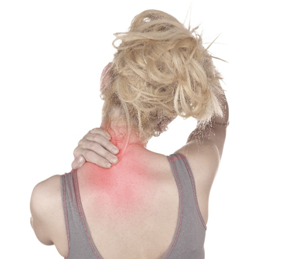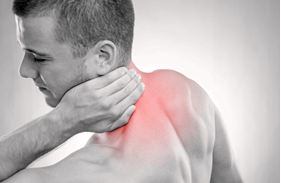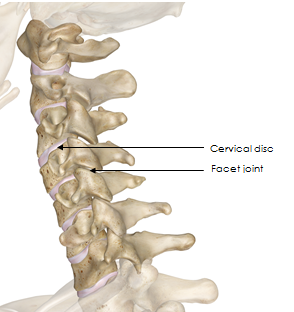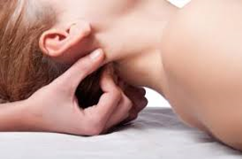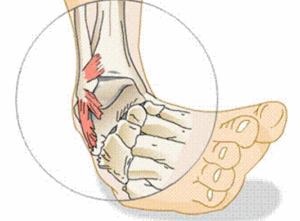Most people are unaware that Physiotherapy can be extremely helpful for Vertigo. Specifically at Dr7 Physiotherapy and Podiatry Yokine, our Physiotherapists can treat a type of Vertigo called Benign Paroxysmal Positional Vertigo (BPPV for short – what a mouthful!). Generally within 1-2 sessions a client can go from being extremely nauseous and dizzy to healthy, happy and fully functioning again. If you or someone you know has ever suffered from Vertigo, this may surprise you. Most people, who have suffered from Vertigo before, will attest that it is a horrible feeling.
What is Vertigo
But first, let’s establish what Vertigo is. Vertigo is a broad classification given to a ‘condition’ which encompasses all types of movement causing dizziness, nausea and spinning. BPPV occurs when the inner ear becomes affected and the structures which help to orientate and balance the body are disrupted. As such, the body moves and because these structures aren’t doing their job, it feels as though the body is still moving (e.g. the room continues to spin).
Anatomy & Cause
Let’s get technical. Below is a photo of the inner ear. You will see that there are many structures that comprise this very small structure – it measures only 30mm in length! Within the utricle and saccule, there are many thousands of crystalised minerals (Otoconia). Occasionally, these crystals can become dislodged from the Utricle and Saccule and make their way into the 3 semi-circular canals (anterior, posterior and horizontal). The semi-circular canals are full of fluid. When the body moves in a particular direction, it sends the fluid ‘swirling’ through these canals. As the fluid moves the body/brain is able to determine which way we are moving and therefore derives its sense of balance from this. When the crystals are stuck in these canals, the crystals continue to move/swirl, long after the movement of the body has ceased. This gives the body a perception that it is still moving when it isn’t (e.g. spinning room, dizziness).
Management
Your Physiotherapist at Dr7 Physiotherapy Tuart Hill can perform a very simple test called the Dix-Hallpike to establish that you have BPPV. From there, they will perform a series of sequential movements called the Epley’s manoeuvre. This will relocate the crystals from the semi-circular canals back to the Utricle and Saccule. Here they will literally re-attach back to the wall lining where they once belonged. The sequence of movements is very specific as this is the ‘order’ which the canals flow from one to the next.
Prevalence
BPPV appears to be most prevalent in people between the ages of 50-80, peaking at the age of about 60. It is not unheard for a person below this age to suffer from BPPV, but in this case it generally follows a trauma/blow to the head (e.g. head knock, car accident, etc) – which causes the Otoconia to become dislodged from the inner walls.
If you think you are experiencing vertigo book an appointment at Dr7 Physiotherapy and Podiatry Yokine.
Dr7 Physiotherapy and Podiatry provides services to the suburbs of Yokine, Tuart Hill, Osborne Park, Stirling, Nollamara, Dianella, North Perth and surrounding suburbs. Our friendly Physiotherapists and Podiatrists have appointments available Monday-Saturday.
Bookings are available on our website or over the phone.
